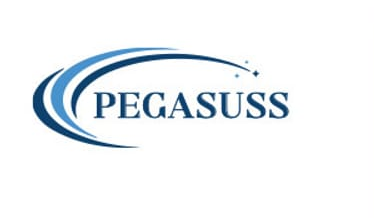The light box is a popular tool used in a variety of industries, from photography to advertising. It's a versatile piece of equipment that can be used for a range of different purposes, and it's also become increasingly popular in recent years as a tool for promoting wellness and mindfulness. In this article, we'll explore what a light box is, how it's used, and some of the benefits it can offer.
What is a Light Box?
A light box, also known as a light panel or light pad, is a thin, flat surface that emits a bright, even light. It's usually made up of LED lights that are evenly distributed across the surface of the box, and it can be used for a range of different tasks, from tracing and drawing to viewing slides and negatives.
Light boxes come in a variety of sizes, ranging from small handheld units to large desktop models. They can also vary in brightness, with some models offering adjustable levels of illumination to suit different needs and preferences.
How is The Light Box Used?
Light boxes are used in a variety of different industries, from art and photography to advertising and graphic design. Here are some of the most common ways they're used:
- Tracing and Drawing
One of the most common uses for a light box is tracing and drawing. Artists and designers often use them to trace images or designs onto paper, allowing them to create more accurate and detailed drawings. They're also useful for creating stencils or templates for a range of different projects.
- Viewing Slides and Negatives
Light boxes are also commonly used in photography for viewing slides and negatives. They provide a bright, even light that makes it easy to see and evaluate the quality of images. They're especially useful for photographers who shoot film, as they allow them to easily preview their shots before printing them.
- Advertising and Graphic Design
Light boxes are also commonly used in advertising and graphic design to create eye-catching displays. They can be used to highlight products, showcase images, or display text, and they're often used in retail environments to attract customers and promote sales.
- Wellness and Mindfulness
In recent years, light boxes have also become popular tools for promoting wellness and mindfulness. They're often used in light therapy, which involves sitting in front of a light box for a set amount of time each day to help alleviate symptoms of seasonal affective disorder (SAD) and other types of depression. They're also used in meditation and yoga practices, as the bright light can help create a calming and relaxing atmosphere.
Benefits of Using a Light Box
There are many benefits to using a light box, depending on the industry or purpose for which it's being used. Here are some of the most common benefits:
- Improved Accuracy and Detail
Using a light box can help improve accuracy and detail when tracing or drawing. The bright, even light makes it easy to see fine details, and it provides a consistent light source that can help reduce errors and inconsistencies.
- Increased Productivity
Light boxes can also help increase productivity, as they allow artists and designers to work more efficiently. They can help reduce the time it takes to create accurate drawings or designs, and they can also be used to create stencils or templates that can be used repeatedly.
- Better Image Quality
In photography, light boxes can help improve the quality of images by providing a consistent light source that makes it easier to evaluate and adjust exposures. They're especially useful for photographers who shoot film, as they allow them to easily preview their shots before printing them.
- Enhanced Marketing and Advertising
Light boxes can also be used to enhance marketing and advertising efforts. They provide a bright, eye-catching display that can help attract customers and promote sales. They're often used in retail environments to showcase products and

